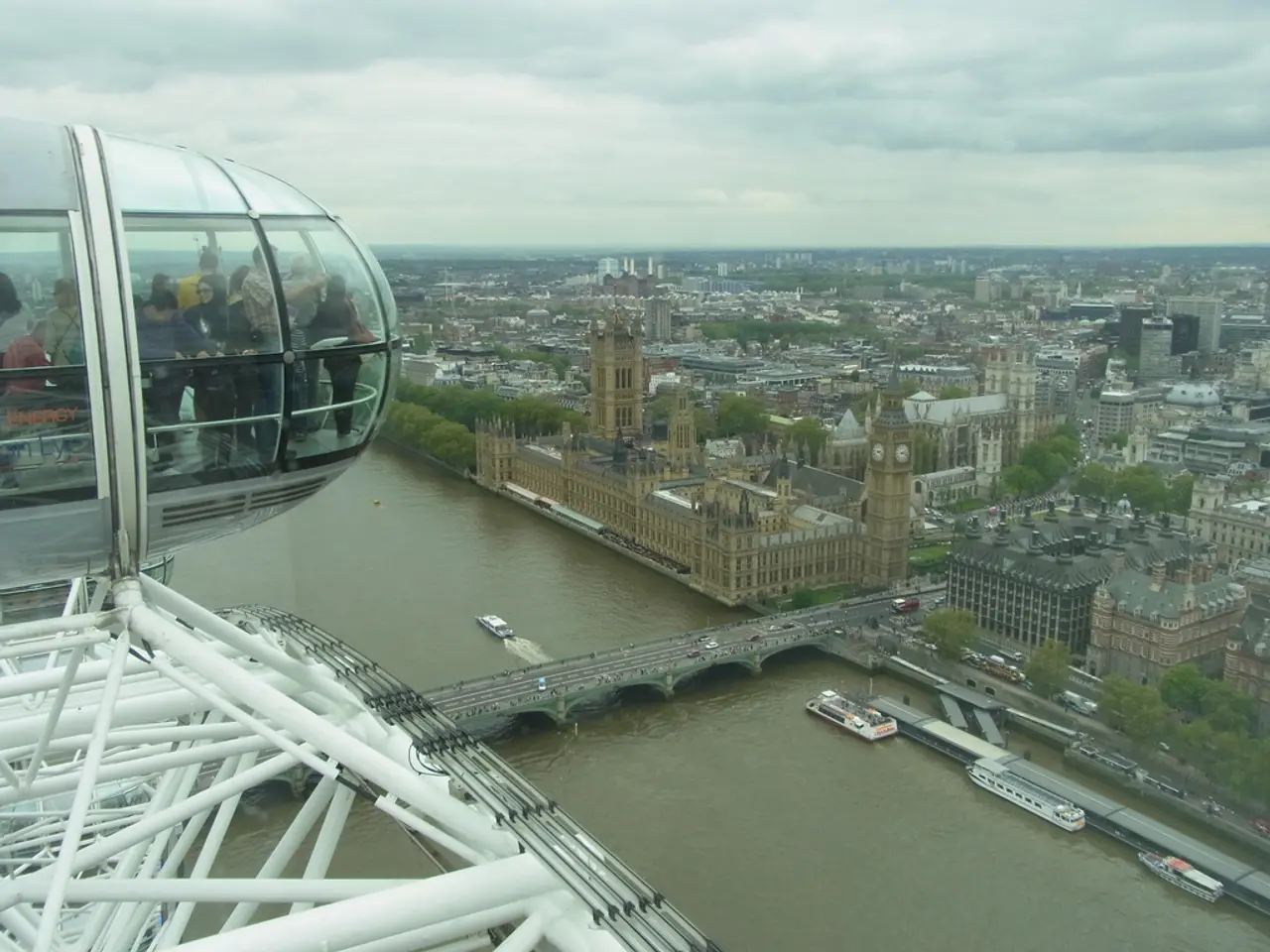EgyptAir plane disaster on October 31, 1999
In the annals of aviation history, few tragedies have been as enigmatic and contentious as the 1999 EgyptAir Flight 990 crash. The Boeing 767-366ER, en route from Los Angeles to Cairo with a stopover at John F. Kennedy International Airport in New York City, met its tragic end in the Atlantic Ocean, claiming the lives of all 217 passengers and crew on board.
The accident remains a source of controversy, with the updated understanding of the incident centering on the question of whether the crash was caused by pilot action or mechanical failure.
The flight data recorder revealed a chilling sequence of events. The autopilot was disengaged, and the aircraft put into a steep dive while the captain was out of the cockpit. The American National Transportation Safety Board (NTSB) concluded that the co-pilot, Gameel Al-Batouti, deliberately crashed the plane, indicating possible suicidal intent. This was based on control inputs recorded during the dive, which suggested intentional manipulation of the aircraft's controls.
However, Egyptian authorities strongly disputed the suicide theory, attributing the crash to possible mechanical failure instead. They challenged the NTSB's findings, and political tensions contributed to the dispute about the crash's cause.
The controversy highlighted the difficulties in conclusively determining intent in aviation crashes, especially when cockpit voice recordings and flight data can be interpreted differently by various investigators. In the years following, the crash raised awareness about the importance of pilot mental health screening and monitoring programs, cockpit security, and revised procedures to manage crew psychological health issues.
More broadly, the accident remains emblematic of the complex interaction between human factors and mechanical systems in aviation safety. The updated theory still largely rests on the interpretation that Al-Batouti intentionally crashed the plane, although the dispute over mechanical failure and pilot suicide remains unresolved in some circles.
The crash occurred approximately 30 minutes after takeoff, with the flight uneventful until this point. The captain, Ahmed El-Habashy, left the cockpit to use the bathroom, and upon his return, he found the plane in a steep descent. Despite his repeated attempts to regain control, it was too late.
The Egyptian government and Al-Batouti's family reject the idea that he deliberately crashed the plane, citing his good reputation as a pilot and lack of motive. Other theories speculate that Al-Batouti may have had financial troubles or was acting on political motivations.
The incident underscores the importance of thorough investigations and transparency in the aftermath of aviation disasters. No substantial new evidence has emerged publicly to decisively overturn the original NTSB conclusion of intentional pilot action, but the divergent opinions between American and Egyptian investigations persist as part of the accident's legacy.
- The controversy surrounding the 1999 EgyptAir Flight 990 crash, a significant event in general-news and crime-and-justice, has led to discussions about the role of the aviation industry in addressing pilot mental health, a concern that falls under health and wellness finance.
- The disagreement between the American National Transportation Safety Board and Egyptian authorities over the crash's cause has illuminated political tensions, demonstrating that aviation accidents can have far-reaching implications in the realm of politics.
- The ongoing debate about the EgyptAir Flight 990 crash, which remains unresolved in some circles, underscores the need for improved transportation safety measures and increased cooperation among investigators across different countries to ensure a comprehensive understanding of aviation accidents.




